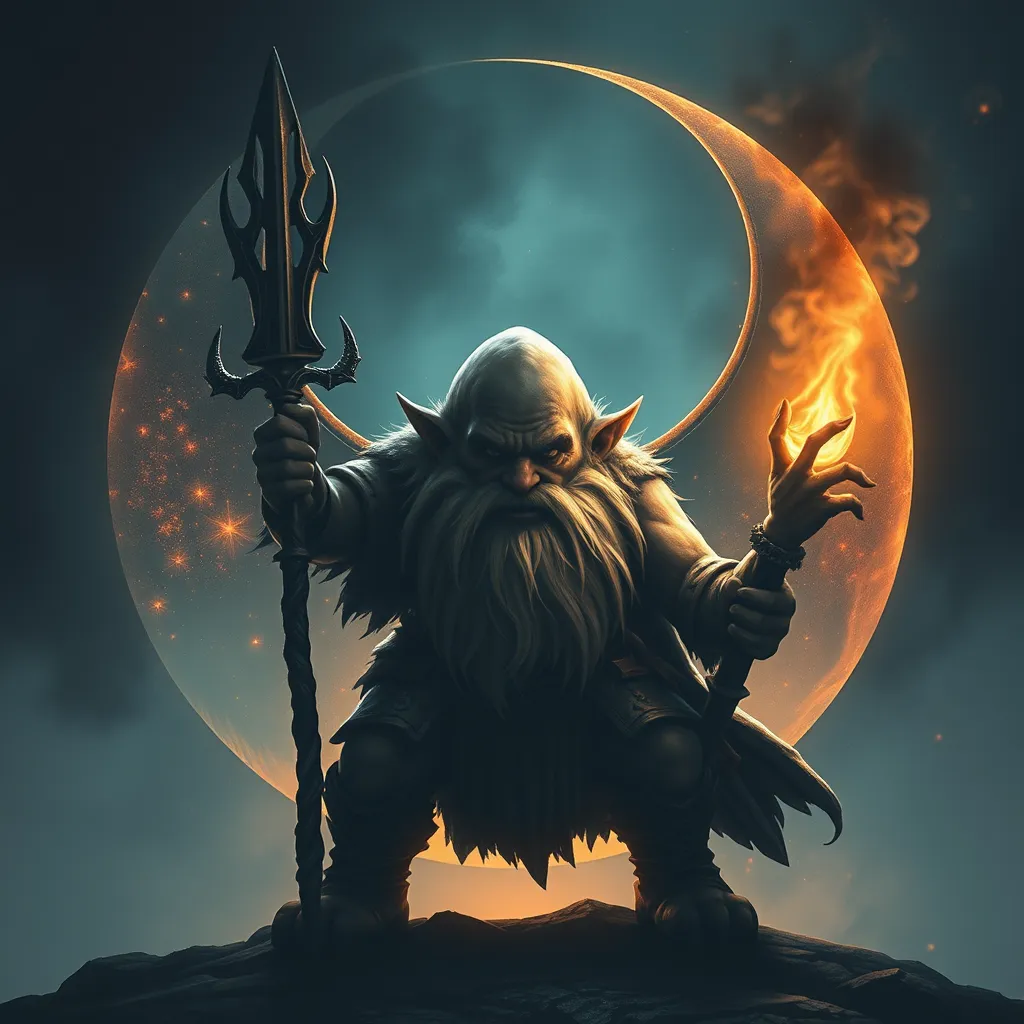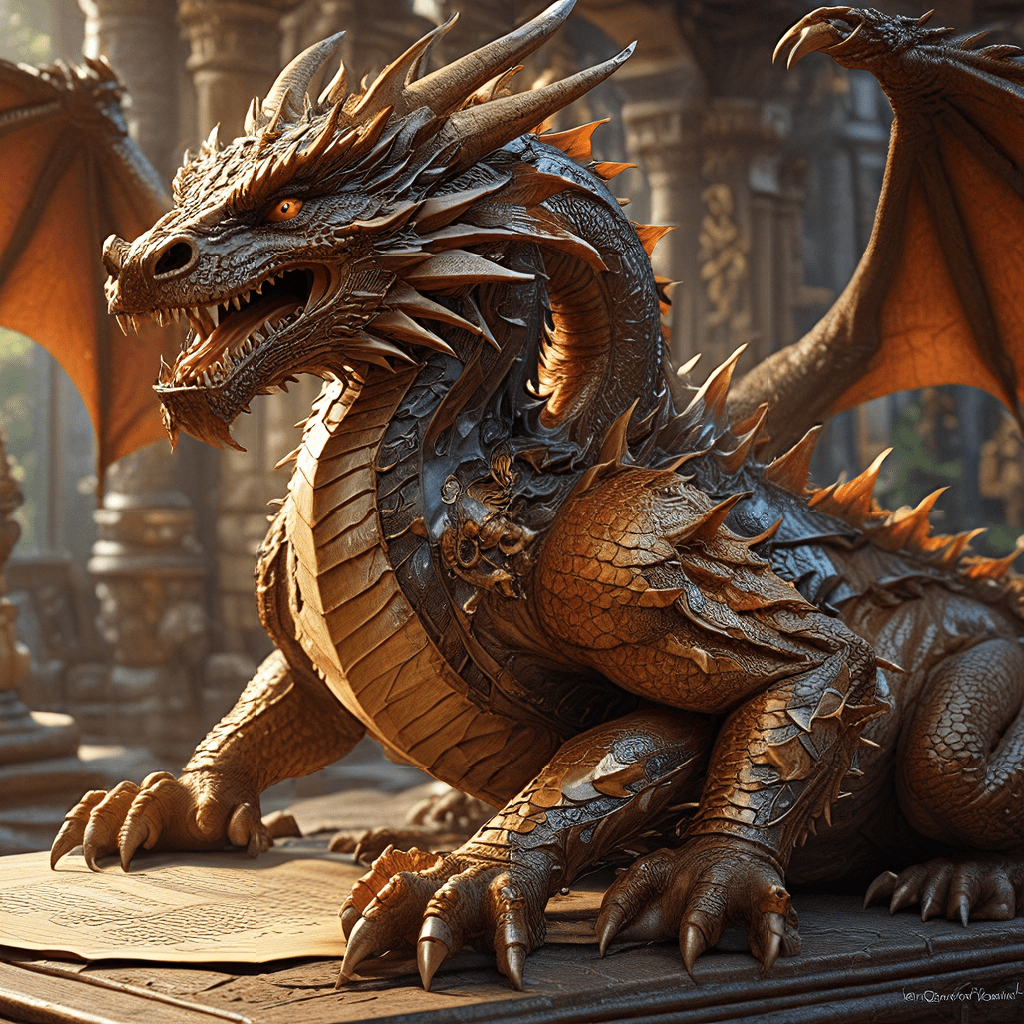The Golem’s Children: Exploring the Legacy of the Golem in Modern Jewish Culture
I. Introduction
The Golem is a creature from Jewish folklore, often depicted as a figure made from inanimate matter, typically clay or mud, brought to life through mystical means. It embodies the themes of creation and the limits of human power, serving as a potent symbol within Jewish cultural narratives.
The origins of the Golem legend are deeply rooted in 16th-century Prague, particularly associated with Rabbi Judah Loew, a prominent Talmudic scholar. The Golem has evolved into a multifaceted figure representing protection, strength, and the complexities of existence. This article aims to explore the Golem’s enduring legacy and its impact on modern Jewish culture.
II. Historical Background of the Golem Legend
The Golem legend traces its origins to the Jewish mystical tradition and the cultural landscape of Prague during the Renaissance. Rabbi Judah Loew, known as the Maharal of Prague, is credited with creating the Golem to protect the Jewish community from anti-Semitic attacks.
Over the centuries, the Golem myth has evolved across various Jewish communities, with different interpretations and adaptations reflecting local concerns and spiritual beliefs. The Golem serves as a powerful symbol of protection, strength, and the struggle against oppression, embodying the desire for safety and autonomy in a world that often feels hostile.
III. The Golem in Literature
Literary representations of the Golem have flourished, with numerous authors exploring its themes and implications. One of the most notable works is “The Golem” by Gustav Meyrink, published in 1915. The novel intertwines the Golem’s myth with existential questions and the mystical aspects of Jewish life.
Key themes in Golem literature include:
- The relationship between creator and creation
- The struggle for identity and the quest for meaning
- The ethical dilemmas of power and responsibility
Contemporary authors continue to reinterpret the Golem myth, using it as a lens to address current issues such as identity, belonging, and the complexities of modern life. These reinterpretations keep the Golem relevant, showcasing its adaptability to new contexts.
IV. The Golem in Visual Arts
The Golem has inspired a rich array of visual arts, from paintings to sculptures. Artists often depict the creature as a powerful yet tragic figure, reflecting the duality of creation and destruction.
In film and theater, the Golem has taken on various forms, most famously in the silent film “The Golem: How He Came into the World” (1920). This film highlights the Golem’s narrative as both protector and potential destroyer, capturing the essence of the myth’s ethical complexities.
Artistic interpretations of the Golem serve to explore cultural implications, such as:
- The struggle for Jewish identity in a changing world
- The portrayal of power dynamics between creator and creation
- The reflection of societal fears and aspirations
V. The Golem in Modern Jewish Identity
In contemporary Jewish thought, the Golem emerges as a potent metaphor for resilience and survival. It symbolizes the enduring spirit of the Jewish people, reflecting their historical struggles and triumphs.
The Golem’s narrative resonates with modern Jewish experiences, including:
- The fight against anti-Semitism
- The search for identity in multicultural societies
- The challenges of maintaining tradition in a rapidly changing world
As discussions about identity and belonging continue within Jewish communities, the Golem serves as a reminder of the power of creation and the responsibilities that come with it.
VI. The Golem in Popular Culture
The Golem’s influence extends into popular culture, where it has made appearances in various media forms, including television shows and comic books. These portrayals often play with the Golem’s themes of creation, artificiality, and the consequences of playing God.
Cross-cultural adaptations have also emerged, showcasing the Golem’s universal appeal. For instance, adaptations in non-Jewish contexts often explore similar themes of creation and control, reflecting a shared human experience.
Moreover, the Golem has sparked discussions about artificial intelligence and creation. The ethical questions surrounding the creation of life resonate with the Golem’s narrative, prompting debates about responsibility, autonomy, and the implications of technological advancement.
VII. The Golem’s Legacy in Contemporary Jewish Thought
The Golem remains a significant figure in modern religious discourse, prompting discussions on the nature of creation and the moral responsibilities that accompany it. Its narrative raises ethical implications that resonate deeply within contemporary Jewish philosophy.
Key considerations include:
- The balance of power between creator and creation
- The consequences of unchecked ambition and the quest for control
- The responsibilities of community and tradition in shaping identity
As Jewish thinkers and scholars reflect on these themes, the Golem’s relevance persists, offering valuable insights into the complexities of the human experience.
VIII. Conclusion
The Golem’s multifaceted legacy spans literature, visual arts, modern identity, and popular culture, making it a timeless symbol within Jewish heritage. Its story continues to resonate, reflecting the challenges and aspirations of Jewish communities while inviting broader discussions about creation, identity, and ethical responsibility.
As we navigate contemporary society, the Golem serves as a reminder of our creative potential and the moral dilemmas that accompany it. Further exploration of the Golem’s impact can deepen our understanding of both Jewish culture and the universal themes that connect us all.



